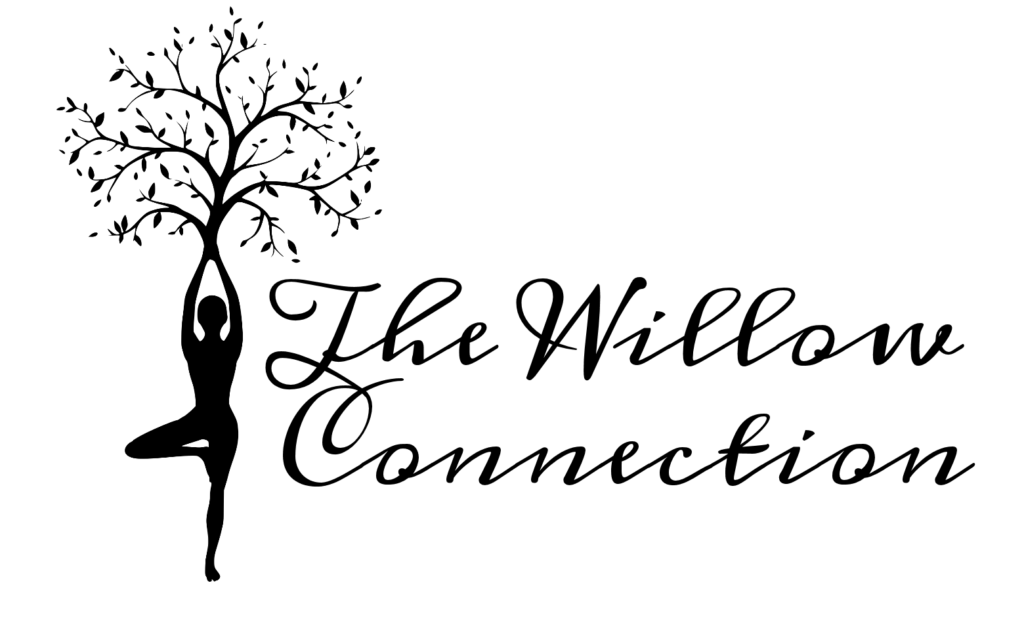Good Witch or Bad Witch
Are you a good witch or a bad witch? Which one conjures up the most imagery in your mind? Living in New England, most of us have either read or heard of the Salem Witch Trials in 1692. Several young girls confessed to being possessed by the Devil and accused local women of practicing witchcraft. This hysteria led to women being imprisoned, tortured, and killed. While some men were also accused of such sin during this time in history, it was primarily women who were targeted for barbaric punishment all in the name of religion. We now know that the “fits” these girls experienced was likely caused by a fungus found in grain. This fungus caused symptoms such as muscle spasms, delusions, screaming, and vomiting.
Nowadays, witchcraft still possesses some level of stigma because of the negative connotations associated with the practice. Sadly, there are still some who do worship the Devil and sacrifice animals, typically cats. The mere thought of this sends shivers up my spine. Yet, sacrificial practices have been noted throughout history including the Bible. I will leave it there and let you fill in the blanks because this topic upsets me.
Witchy Brooms and Plant Potions
What is the stereotypical image of witches? From the time we were little, we read stories and watched movies about witches. The bad witches wore black and donned high, pointy hats and sported a green complexion with knobby fingers and ugly warts. They rode on broomsticks, cackled, and owned a black cat. Either they ate children, cast evil spells, or made potions to suit their fancy. The good witches were sweet and beautiful. They twitched their nose or carried a magic wand. They did no harm and only caused mischief to right a wrong. We were immersed with images that became part of our childhood and once a year we stepped into that world and celebrated Halloween dressing up as one and playing the part.
The image we have assigned to witches didn’t just happen. The inspiration is rooted deep in our early beginnings. In the case of witches, there are real stories behind the symbolism. Some of our association comes from natural plant pharmacology, believe it or not. I came upon an article describing the historical depiction of witches riding broomsticks. Its origin is linked to hallucinogenic plants. During the Middle Ages, parts of plants known as Deadly Nightshade, Mandrake, and Jimsonweed were used to make brews, ointments, or salves. Consuming these plants caused severe intestinal discomfort. It was discovered that the compounds in these plants could be absorbed through sweat glands or via mucus membranes. It is noted in the article that evidence dating back to a 1324 investigation found a pipe of ointment and a greased staff in a woman’s closet.
Another record from the fifteenth century, found passages from another woman about witches anointing themselves under their arms and in hairy places. The tropane alkaloid hallucinogens they used tended to cause sleep, which included episodes of flying, wild rides, and frenzied dancing.
In another article about paganism, the broom holds its place in history as a tool used to keep one’s home clean. The word broom is derived from the word besom. As time passed, it had negative connotations referring to an unclean or unpleasant woman or girl and the traits that were associated with such a person. Hence, witches on broomsticks.
Pointy Hats, Brews & Black Cats
So, what about the pointy hats? This tidbit of history relates to women who brewed beer. Dating back centuries, ale or beer was a staple in most households in England and Europe because it was an inexpensive way to preserve grains. Fermenting grains was typically a woman’s job. The women would go to the market to sell their brews. They transported their brews in cauldrons and wore big, pointy hats to be spotted easily in the marketplace. Those who sold their brews out of a shop kept cats in order to keep the mice population under control. Then the Reformation began, which included gender specific norms and condemned women brewers as practicing witchcraft. This led way to male brewers taking over the market by reducing their competition. Sadly, all the negative labels attached to female brewers took hold as evidenced by stories throughout history.
Fast forward to present times and we see that there is a growing surge of people who are returning to their roots, so-to-speak, and learning the old ways of living off the land and using natural medicine. Journals and books hold vast amounts of information from those before us who knew how to use plants for food and medicine. It’s unfortunate that so many women and men were convicted of crimes they didn’t commit because it satisfied a religious explanation for something people didn’t understand at the time or suppressed women, often single or widowed, from earning a living.
Which Witch Are You?
If I were alive during these times in history, I would have been deemed a witch without a shadow of a doubt. I make concoctions, brew teas, make tinctures, lotions, and salves. I am learning how to forage in the woods for plants and mushrooms, and I do use plant material and oils as medicine. I practice Reiki and work with energy, read cards, and pray to God on a daily basis. I do not worship the Devil. In fact, I stay far away from anything that has to do with dark energy. Several years ago, I was attempting to re-enter organized religion. I was openly accepted into the congregation, and I offered countless hours of volunteer work over the course of six months. Until one day when I shared my business card with a higher-ranking member of the church who was going to oversee the youth programs starting in the fall. My card had all my contact information in one place, and it was easier than writing it all down at the moment. The next Sunday, I was pulled aside after the service and questioned about my practices and my intentions with their youth because the church didn’t condone my behavior. Needless to say, I left in tears and never went back. I have created my own relationship with God and worship, and much of that is by connecting with the great outdoors and the abundance of resources at my fingertips. All I have to do is ask for guidance, and the right teachers and inspiration comes along. Because of this, others have called me a witch, a good one, and I take it as a compliment. If honoring my Creator and Mother Nature by learning how to use the gifts they offer us to help myself and others is Hocus Pocus then I say, “Bibbidi-Bobbidi-Boo!” Amen!
https://www.history.com/topics/colonial-america/salem-witch-trials
https://www.amightygirl.com/blog?p=33312
https://lethbridgenewsnow.com/2022/10/13/why-do-witches-ride-brooms/



